Impedance is like great rock and roll. Understanding everything is complicated, but you don’t have to understand everything to “understand” it. So let’s get to it while trying to keep it as simple as possible.
Headphones and other audio equipment are essentially electronic gadgets. Hence, they are bound by the laws that apply to electricity. Therefore, Impedance can be considered a quantity of energy that plays a vital role in how well your headphones work.
Before you start squirming uncomfortably, be rest assured that this isn’t going to be an overly technical science lesson. We won’t be throwing complex jargon and formulas your way.
The aim is to understand what impedance is and how it matters while touching upon the basics for understanding the matter. When electricity tries to pass through a headphone, it encounters some resistance. This is a natural phenomenon.
Think of this like a car trying to move from a standstill. To move, the car’s engine will have to produce enough energy to propel it forward.
You might be thinking about why a car would need the energy to move from a standstill. Well, there are many reasons for that. The road is on, whether it is on an incline, how much the car weighs and other factors - all pose a resistance when it tries to move ahead. Hence, logically speaking, the car’s engine must have enough power, taking into account all these resistance to moving ahead.
Makes sense so far? Good.
All headphones have an inbuilt resistance to the audio signal passing through them. There can be many factors for this. From the size and type of the driver used, the kind of components inside, to pretty much anything that can offer some sort of resistance can be a reason.
The source providing the audio signal - a smartphone or DAP or amplifier - also has to overcome its resistances to present the audio signal, right? Well yes, it does. Take our word for it.
Now, when you consider all those reasons or resistances that a current or audio signal (which is in the form of electricity) needs to face to make sure audio plays out from the headphone - that’s Impedance.
When you see a headphone you like, you, will find ‘impedance’ in its spec sheet. Do understand that that’s the amount of juice a source (again, smartphone or DAP) will have to overcome to make sure you can enjoy said headphones. Essentially, every headphone needs amplification to run. An amplifier is like a car’s engine. It produces the power or audio signal or electricity that can match the impedance of the headphone and make them run. Yes, even wireless Bluetooth headphones, wireless in-ears and true wireless earbuds have inbuilt amplifiers for this exact reason. When you charge these devices, you’re recharging the amplifier inside them. Fascinating, isn’t it? Even in something as small as a true wireless earbud, there’s a tiny amp that provides the juice to belt out your favourite numbers!
You’re doing quite well, by the way. There’s more smooth sailing ahead. Just carry on.
Most headphones have an impedance that is typically between 8-600 ohms. These days, 32 ohms is standard for an impedance rating. Most headphones that you see around can be powered by the inbuilt amplifiers inside a smartphone or DAP. Typically these headphones have a low impedance. However, when you look for audiophile-grade headphones, the impedance significantly increases. This increase is a good thing because as things get more demanding, it pays to have dedicated units performing well defined-roles, independently. All these factors, make us arrive at something important known as Impedance Matching.
The most important technological factor to consider when looking for a headphone amplifier that works well with your earphones is impedance matching. Impedance matching is an intrinsic aspect of a headphones’ functionality.
You might’ve had doubts like the following while buying headphones.
- Can I use my headphones with my smartphone?
- Do I need an amp for my headphones?
If you haven’t, you’ll face these questions someday for sure. That’s because, as discussed, a headphone needs the right amount of juice to function. Most headphones and earphones can easily be powered by a DAP or smartphone. Meaning that the output power provided by these sources ‘matches’ the impedance of the headphone. It doesn’t have to be equal. Usually, the power of the source device needs to be at least 50% (known as headroom) more than the impedance of the headphone.
The Purpose? When sufficiently powered, a headphone has enough juice to perform to the best of their ability. The extra power helps to deal with demanding music like bass-heavy tracks or orchestral music. In a scenario like this, that additional reservoir of power comes in handy to provide the much-needed extra power to perform. Some headphone DACs also offer a little bit of amplification. This helps a headphone perform admirably.
WHAT ABOUT HEADPHONES WITH HIGHER IMPEDANCES? WHY CAN’T YOU USE IT WITH A SMARTPHONE?
Good question. Let’s explain that with an example, like the Beyerdynamic DT 770 Pro , which has three variants - 32 ohms, 80 ohms and 250 ohms. The 32-ohm variant can most likely be powered by most smartphones, DAPs and laptops. However, if you try the same thing with the 80 ohms to 250-ohm variant, you’d find little to no audio coming out. Why? Because the amplifier on these devices does not have enough juice to power the headphone. Technically, you could say that the impedances don’t match.
On the other hand, if you plug in the wonderfully versatile and popular Chord Mojo or Chord Mojo 2 and check the performance. It’ll be a stark difference with the output having loads of clarity, detail and even enough oomph for the bass-heavy tracks
A MATCH MADE IN AUDIO HEAVEN
When buying a headphone with higher impedance, than say what your smartphone or DAP can provide, try and research which amp would be best for your headphone. The reason the word “matching” is used, is that you need to make sure that the headphone gets ample power and then some. Too much power can harm your headphones, and on the other hand, when underpowered, they won’t sound as they should.
Add to that, certain headphones need a very peculiar amplifier to match. Case in point - STAX headphones can be powered only by STAX amplifiers. The impedance is matched, and the power provided is unique and much-needed by the STAX headphones. As impedance is an inherent quality of a headphone, some in-ears (mostly audiophile and professional ones) need amplification too. STAX’s SRS- 002 needs the brand’s amplification to function as intended.
MORE THE IMPEDANCE = BETTER PERFORMANCE?
With everything discussed, you might be convinced headphones that need an external amplification unit must sound better. This, however, is not true. High impedance headphones also serve another purpose, especially in scenarios of DJ headphones.
While working with DJ decks, like Pioneer CDJ 2000, the output impedance is high. DJs need to plug in headphones to help them track live. Headphones with 32 ohms can easily be damaged if used in this scenario. Hence, a high impedance headphone would be more suitable for handling the power supplied to it while delivering admirable audio performance.
CONCLUSION
Exposure to knowledge leads to wisdom. Yeah, you can quote us on that.
If you’ve made it this far, congratulations! You’re well on your path to being a discerning audiophile.
We hope you now understand how impedance and impedance matching play a crucial part in its performance.
Whatever headphone you choose and for whatever purpose, all you need to make sure is that it has the right amount of amplification to deal with the impedance of the headphone. We hope you had fun understanding all you need to know about impedances. We sure did.
As always, Happy Listening!
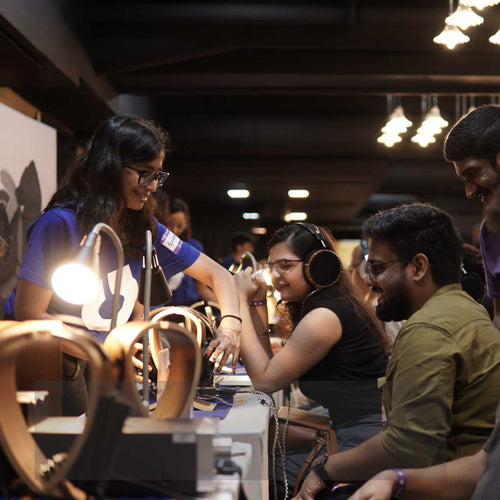
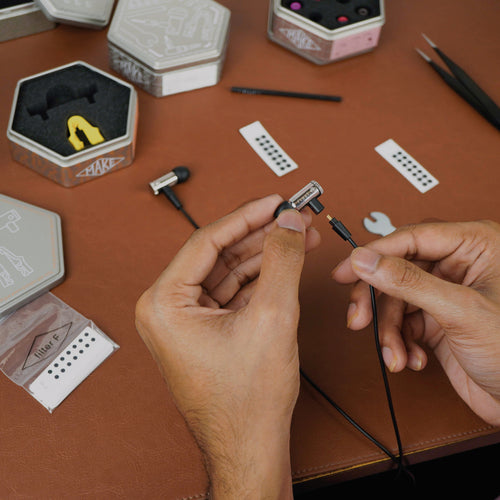
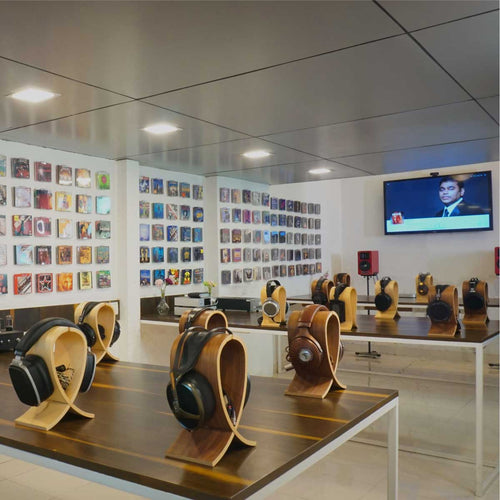


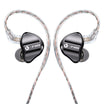

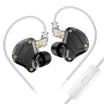
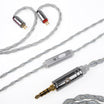
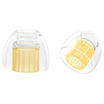
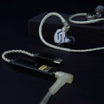

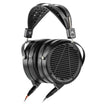
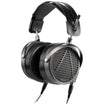
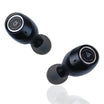
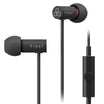
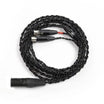
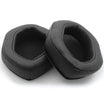
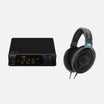
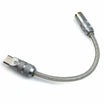
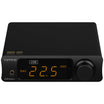
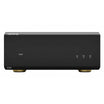
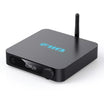
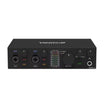


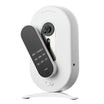
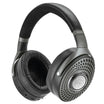
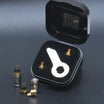
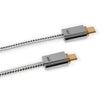
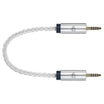
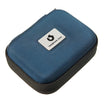

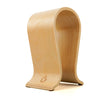
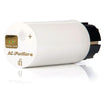
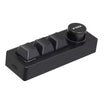
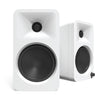
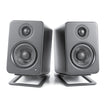
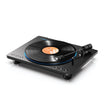
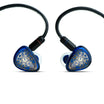



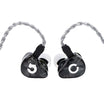

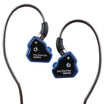
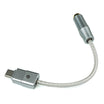
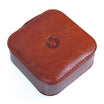
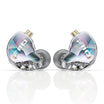

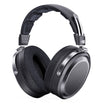
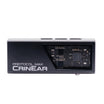
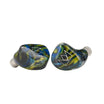
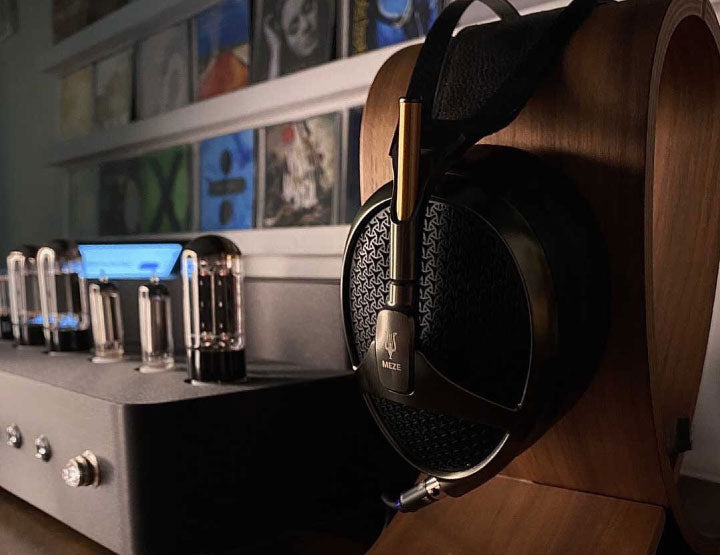
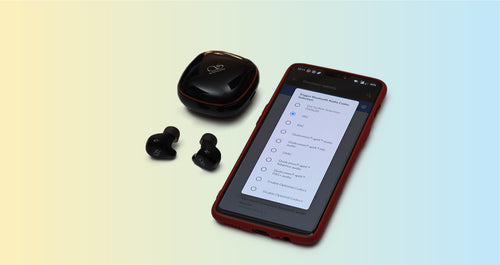
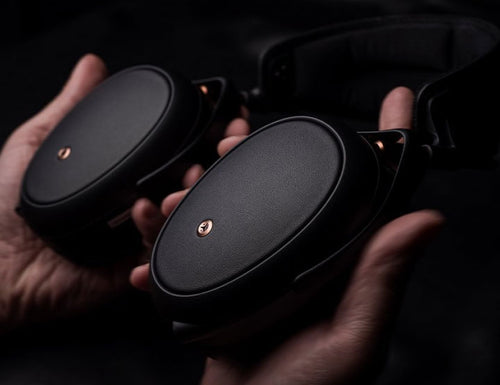
Leave a comment
This site is protected by hCaptcha and the hCaptcha Privacy Policy and Terms of Service apply.